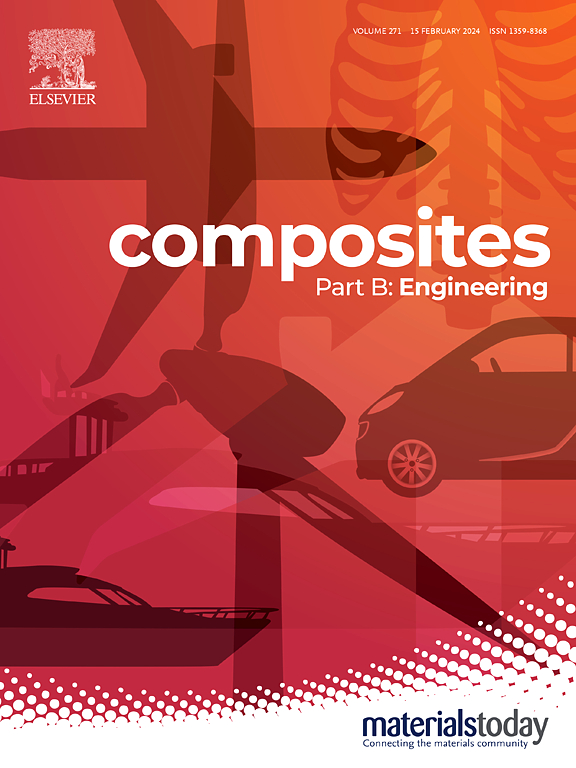Study on molding control factors to reduce void contents in manufacturing CFRP parts by HP-RTM
IF 12.7
1区 材料科学
Q1 ENGINEERING, MULTIDISCIPLINARY
引用次数: 0
Abstract
Research and development efforts are ongoing to apply Carbon Fiber Reinforced Plastic (CFRP) to the automotive industry for weight and exhaust gas reduction. Among the available manufacturing processes, High Pressure Resin Transfer Molding (HP-RTM) stands out as the most suitable for mass production due to its cost efficiency, cycle time, and moldability. However, concerns over void formation and quality reliability have limited its application in Advanced Air Mobility (AAM). This study investigates control factors that can reduce void content in CFRP parts manufactured via HP-RTM. By comparing classical Resin Transfer Molding (RTM) with HP-RTM, a key control factor is identified, and changes in void content and static properties are observed across varying factors. The study concludes that while increasing molding pressure minimally affects absolute void content, it slightly increases relative void content due to reduced product thickness. Additionally, higher internal release agent content and resin injection velocity increase void formation due to altered flow dynamics. However, using a nip edge reduces void size and variation, ensuring more consistent product quality. By optimizing key factors such as vacuum, normal pressing force, and injection parameters in HP-RTM, void content can be consistently maintained at 1 % or lower. These findings will contribute to the practical application of HP-RTM in the AAM industry and provide valuable insights into the manufacturing process of CFRP parts.
求助全文
约1分钟内获得全文
求助全文
来源期刊

Composites Part B: Engineering
工程技术-材料科学:复合
CiteScore
24.40
自引率
11.50%
发文量
784
审稿时长
21 days
期刊介绍:
Composites Part B: Engineering is a journal that publishes impactful research of high quality on composite materials. This research is supported by fundamental mechanics and materials science and engineering approaches. The targeted research can cover a wide range of length scales, ranging from nano to micro and meso, and even to the full product and structure level. The journal specifically focuses on engineering applications that involve high performance composites. These applications can range from low volume and high cost to high volume and low cost composite development.
The main goal of the journal is to provide a platform for the prompt publication of original and high quality research. The emphasis is on design, development, modeling, validation, and manufacturing of engineering details and concepts. The journal welcomes both basic research papers and proposals for review articles. Authors are encouraged to address challenges across various application areas. These areas include, but are not limited to, aerospace, automotive, and other surface transportation. The journal also covers energy-related applications, with a focus on renewable energy. Other application areas include infrastructure, off-shore and maritime projects, health care technology, and recreational products.
 求助内容:
求助内容: 应助结果提醒方式:
应助结果提醒方式:


